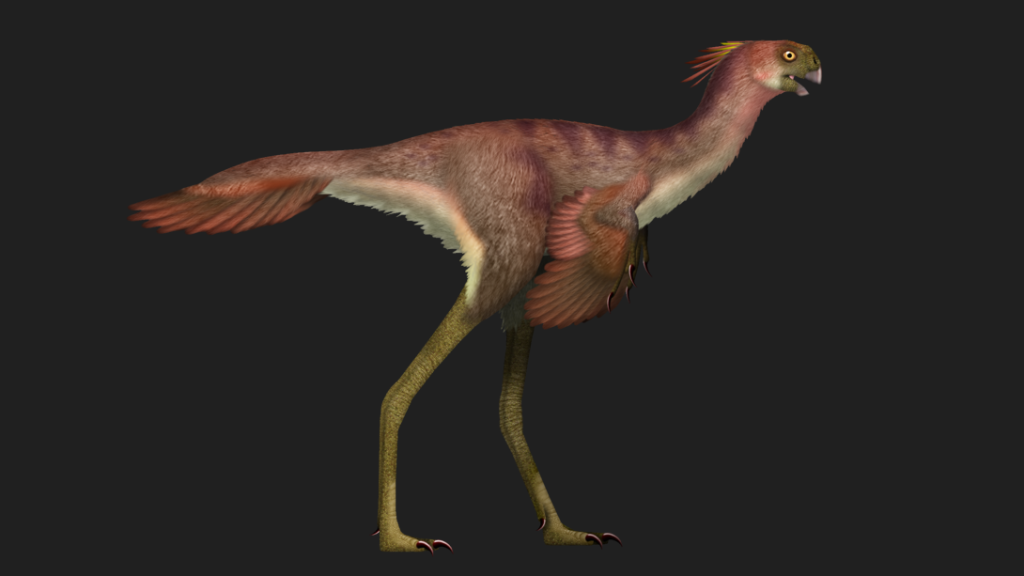Chinese paleontologists have discovered a new species of oviraptorosaur.
Others are reading now
A team of paleontologists has identified a new genus and species of oviraptorosaur from two fossil specimens unearthed in Inner Mongolia, China.
This newly discovered species, named Yuanyanglong bainian, lived approximately 110 million years ago during the Early Cretaceous period.
A Unique Find
“Oviraptorosaurs are fascinating theropod dinosaurs known for their unique evolutionary adaptations,” said Dr. Xing Xu from the Chinese Academy of Sciences, as reported by SciNews.
This group of dinosaurs, previously discovered in Asia and North America, includes diverse species from the feathered Caudipteryx to the more specialized, toothless Avimimus.
Also read
Unlike most oviraptorosaurs found from the Late Cretaceous, Yuanyanglong bainian adds an early-diverging link in the oviraptorosaur lineage.
The new species stands out due to its unique skeletal features, including a deep, short skull and a distinct pelvic structure.
A specific feature, a “hooked posterior process of the pubic boot,” differentiates Yuanyanglong bainian from previously known oviraptorosaurs.
The team believes that this dinosaur may have been adapted for a wading lifestyle, similar to modern wading birds, based on its unusually elongated, fused hind limb bones.
Gastroliths found within the skeletons hint at a digestive process similar to that of Caudipteryx, another early oviraptorosaur, indicating a possible dietary strategy involving a gastric mill for processing food.
Yuanyanglong bainian marks the first Early Cretaceous oviraptorosaur discovery in the vicinity of the Gobi Desert and contributes critical data to the study of early oviraptorosaur ecology.
The team’s findings were published in the journal Cretaceous Research.








